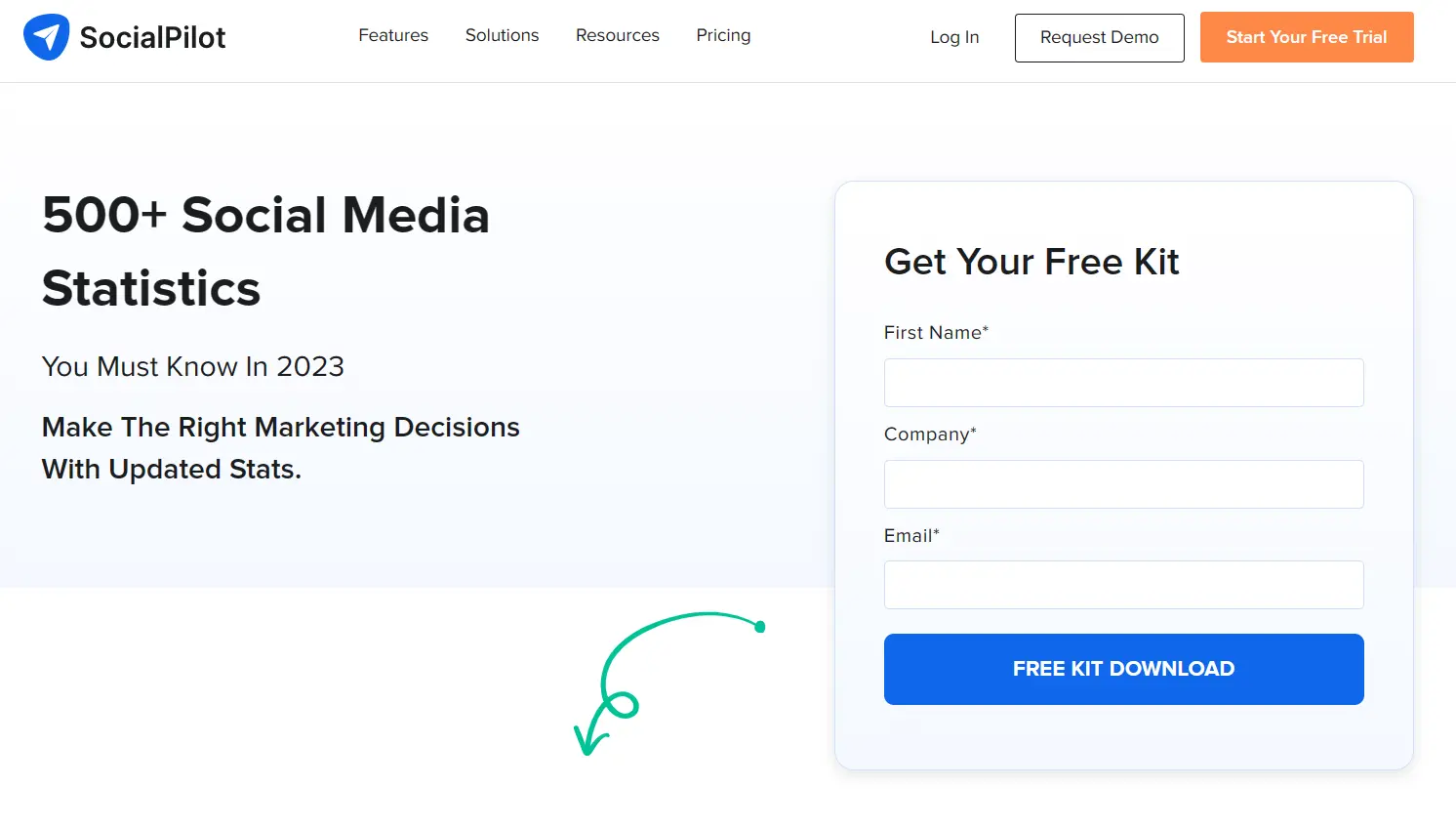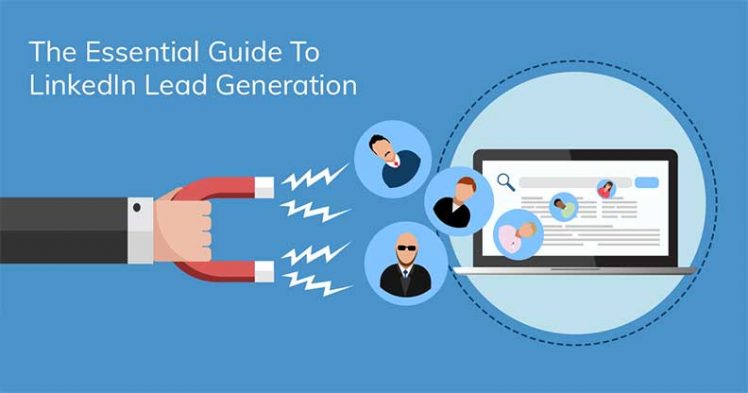More About Landing Page
The concept of landing pages originated in 2003 as an effort by Microsoft to improve the online sales of their key product, MS Office.
The traditional landing pages didn’t offer an interactive experience to users, often promoting the sale of a single product. They didn’t focus on the aspect of nurturing leads into sales and developing a relationship with the customer.
So, what is a landing page in today’s marketing world? A landing page is a lead-generation webpage designed with the purpose of converting visitors into long-term customers. Such pages are used specifically for social media marketing campaigns targeting potential customers.
A user can come across a landing page via social media advertisements, emailers, or even organic search results. Businesses run personalized advertisement campaigns via landing pages on platforms like Facebook, Instagram, and YouTube to generate leads.
Once a user clicks on the call-to-action or CTA button in a post or an advertisement, they are diverted to a different webpage that prompts them to take a specific action. This landing page can promote any call-to-action, from ‘Buy this product’ to ‘Subscribe to our newsletter.’
Here are some key attributes of a good landing page:
- The page layout is crisp and relevant.
- A compelling headline demands the visitor’s attention and delivers the brand message directly.
- A relevant hero image represents the brand message and enhances the visual appeal.
- A well-crafted copy successfully hooks the visitor and converts the lead into a returning customer.
- An effective CTA, as a button or a hyperlink, prompts the user to take a specific action.
There are multiple new innovations in UI/UX designing that can help you create unique landing pages. Additionally, video content has been reported to have a good impact on lead generation through landing pages. Did you know using video content on a landing page has been reported to increase the conversion rate by 86%?
You can create two types of landing pages primarily, depending on the purpose:
Lead capture landing page: The main objective of this type of landing page is data collection. A form is a lead capture page’s distinctive element. It collects user information such as name, mailing address, and other contact information in exchange for a product, service, or resource.
Click-through landing page: CTA buttons are the main focus of click-through landing pages. A user is directed to a page where they can carry out specific actions. Such landing pages often include appealing content, such as product specifications or user reviews, to pique and convert prospective consumers.
Here is how businesses and other users adopt landing pages on popular social media platforms to generate leads:
- Instagram: Businesses use ‘click-through’ landing pages that tease the offer/product. Once a user clicks on the CTA, they are diverted to the product page. Instagram marketing also involves adding links to the bio section of an Instagram profile to redirect followers to a sales page.
- Facebook: Facebook landing pages are attached to their related pay-per-click (PPC) Facebook Ads. Such a page, personalized for the user’s search intent and history, promotes the product highlighted in the ad.
- Twitter: Twitter landing pages are designed to draw users to an external website once they click the link in a Twitter profile. Businesses often embed landing page links in their profiles to divert the traffic generated by Twitter campaigns to their primary website.
Here is an example of a lead capture landing page that directs the user to fill up a simple form to access the marketed resource. It integrates simple and direct copy and relevant branding to highlight the page’s purpose.


